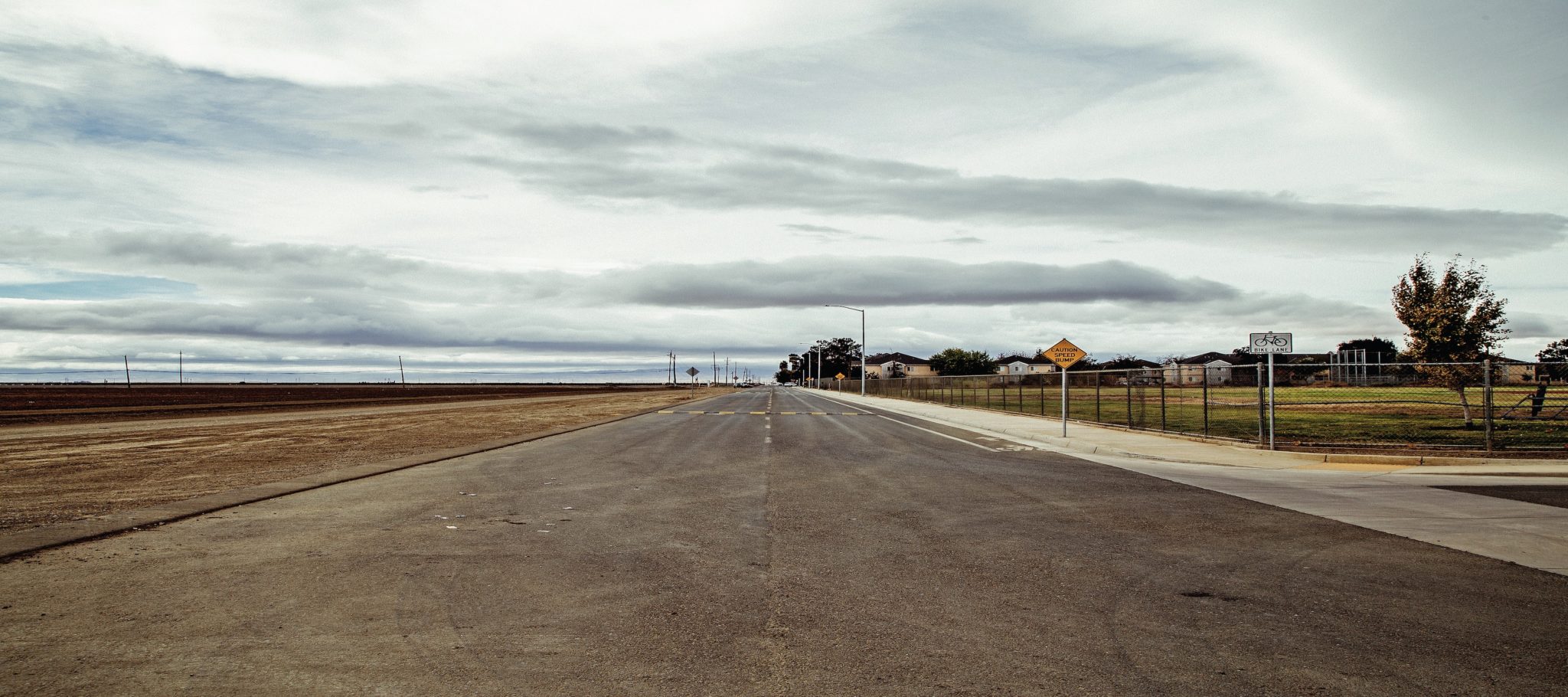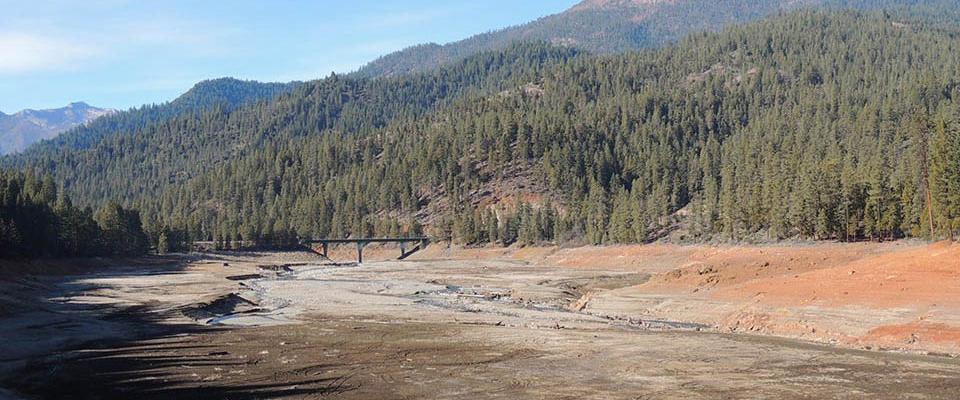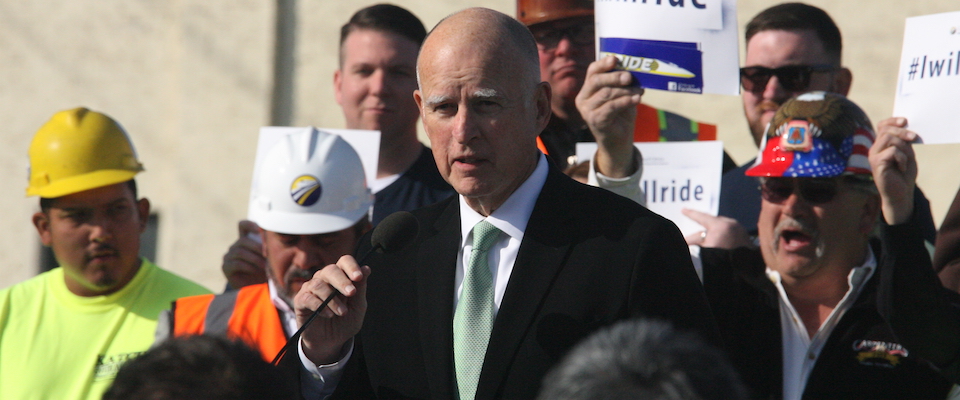Concerns over the viability of ambitious agriculture in the San Joaquin Valley are not recent: In the 19th century, Berkeley soil scientist E.W. Hilgard—he of Hilgard Hall—described the salt intrusion that occurs when arid and mineralized lands are irrigated. Hilgard first cited the impacts following visits with engineers from India and warned that similar soil salinization was inevitable for the San Joaquin Valley, which was increasingly coming under the plow.
After decades of irrigation, salt accumulation is indeed a huge problem for the San Joaquin, and the basic “salt imbalance” of the valley’s West Side remains largely unsolved, says David Sedlak, a Cal professor of civil and environmental engineering and the director of the Berkeley Water Center.
Sedlak is researching possible approaches to recycling both drain water from salt flushes and the highly saline groundwater that lies in deep aquifers beneath the San Joaquin Valley—a limited resource.
“It’s been described as ‘fossil water,’” Sedlak notes, “because it’s been there for a very long time, and it’s not being replenished. Once it’s gone, it’s gone forever.”
Any existing effort to address the salt imbalance, he observes, will likely provide only a partial solution—and won’t be cheap. And even technologically sophisticated “desal” projects will produce large quantities of concentrated brine or dry salts—with no disposal sites identified that are acceptable to all stakeholders.
A 2019 Public Policy Institute of California (PPIC) report on the future of the San Joaquin Valley identified several constraining factors on the area’s agriculture. Water—the sheer lack of it—remains the main concern. Additional surface storage is championed by the valley’s agribusiness interests, but that’s an option that promises more than it can deliver. The state already has about 1,500 dams in total and roughly 1,000 major reservoirs.
In short, if it can be dammed, it probably already has been.
Climate change isn’t helping matters, as drier winters and declining snowpacks become the norm. As Jeffrey Mount, a former UC Davis professor and a water authority at PPIC, noted in a Los Angeles Times article, dams are expensive to build, and “it makes no sense to build storage if you can’t fill it.”
Fallowing large expanses of irrigated San Joaquin Valley cropland is a simple and effective solution to both water shortages and pollution problems. But a sustainable future for the valley should extend beyond just land retirement, says Berkeley agricultural and resource economics Professor David Zilberman.
Winner of the 2019 Wolf Prize in Agriculture, Zilberman says the San Joaquin is the ideal test bed for bringing together emergent agricultural and biohacking technologies—many of them developed at Cal. Zilberman is particularly enthusiastic about vertical farming: growing crops in multistory, temperature-controlled buildings under supplemental artificial light.
This approach is ideal for the West Side, says Zilberman, for several reasons: Ample solar power is already available; brackish water exists in sufficient quantities to create a virtuous loop of desalination, irrigation, and recycling; and new varieties of plants can be specifically engineered for controlled environments.
High-value crops such as almonds will remain in areas where they can be grown profitably, Zilberman says, “but that still means a significant amount of land will be retired, and that creates the opportunity for new approaches. I’m a big believer in biotech, and particularly CRISPR [the gene-editing tool] because it allows the rapid creation of new crop varieties that could make a big and positive difference in this era of climate change and reduced water supplies. We can design crops specifically for vertical farming that are both high production and high quality, including plant-based meat. We can also go outside controlled environments and design plants for maximum carbon sequestration. The San Joaquin Valley is the perfect laboratory for working on these solutions, and Cal is the perfect university to lead. We have the greatest scientists in the world here—we just need the will and the support to do the work.”




















